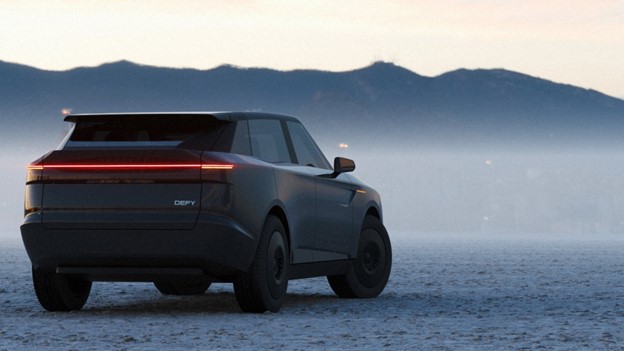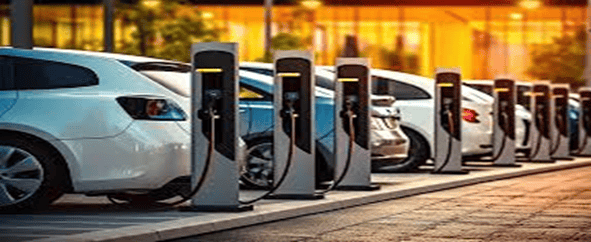Nowadays, electric vehicles are the most sought-after vehicles among automobile enthusiasts. In addition to having various benefits, these automobiles are also less expensive in the long term, which is particularly true now as petrol prices are at an all-time high.
The all-electric Defy SUV, priced at Rs 39.5 lakh, was introduced by Pravaig Dynamics, a Bengaluru-based startup. The fact that this electric vehicle was entirely created, built, and engineered in India is the singular factor driving interest towards it.
People began referring to it as “Desi Tesla”. Additionally, the best range on a single charge is claimed by the Indian-made electric vehicle that respects privacy the most. Provided that not many Electric SUVs are now available in India, this is rather fascinating.
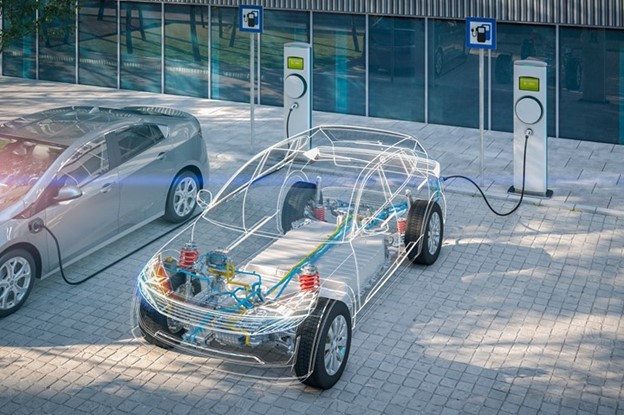
What are Electric Vehicles?
An electric vehicle is popularly known by the abbreviation ‘EV’. Electric vehicles (EVs) can run entirely or partially on electricity. As they have fewer moving parts to repair and consume little to no fossil fuels, electric vehicles are very economical to operate. While some electric vehicles (EVs) employed lead acid or nickel metal hydride batteries, lithium-ion batteries are now thought to be the industry standard for battery electric vehicles due to their longer lifespan, excellent energy retention, and self-discharge rate of only 5% per month. Although attempts have been made to increase the safety of these batteries, there are still issues with them due to the possibility of thermal runaway, which has, for instance, led to fires or explosions in the Tesla model S.
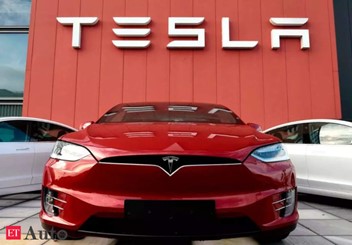
Evolution of EVs
In the nineteenth century, there were three types of vehicles that people could drive: steam-powered cars, gasoline-powered cars, and electric cars. People favoured electric automobiles owing to inefficient design and fuel shortages.
Ford made significant adjustments to the gasoline-powered automobile models during the 20th century, which caused all of this to shift. These cars soon took the place of electric vehicles.
That said, the US government recognised the finite amount of fossil fuels used in these cars in the late 1970s and encouraged research and development in the fields of electric vehicles and battery production. Nickel metal hydride batteries were developed by General Motors, the pioneer in the development of electric vehicles, to increase the effectiveness of gas-powered engines. But in 2008, Tesla took a step farther and captured the interest of customers, automakers, and regulators with its lithium-ion battery-powered Roadster. More than 320 kilometers, or nearly twice as far as the previous record, could be covered by this all-electric car on a single charge. Since then, electric vehicles have significantly advanced in terms of price, capability, effectiveness, efficiency, and accessibility.
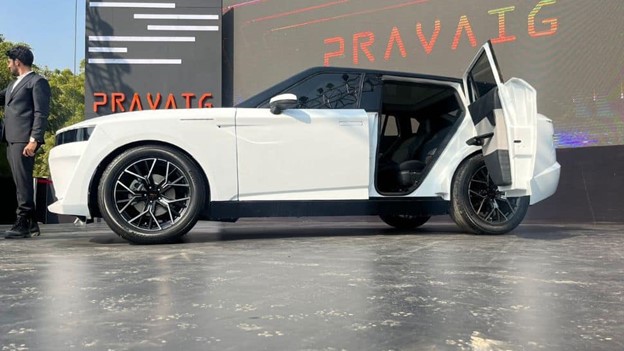
Pravaig Defy’s features
• Design: The front fascia of this high-end SUV has angular surfaces and rectangular headlamps, a strong shoulder line, and retractable door handles. This suggests that it may have drawn design cues from the Range Rover Sport. The back has suicide doors that resemble those on a Rolls-Royce, sleek LED taillights, and a roof spoiler.
• Battery: On a single charge, the electric SUV is said to have a 500 km range, and Pravaig says that fast charging can charge the battery pack from 0 to 80% in just 30 minutes. The EV is said to have a top speed of 210 km/h and a sprint time from 0 to 100 km/h of 4.9 seconds.
• Sundry features: A huge touchscreen infotainment system with connectivity features, a Devialet music system, an air purifier, USB charging ports, wireless phone charging, as well as a touchscreen for the back passengers are just a few of the features found within the Pravaig Defy electric SUV.
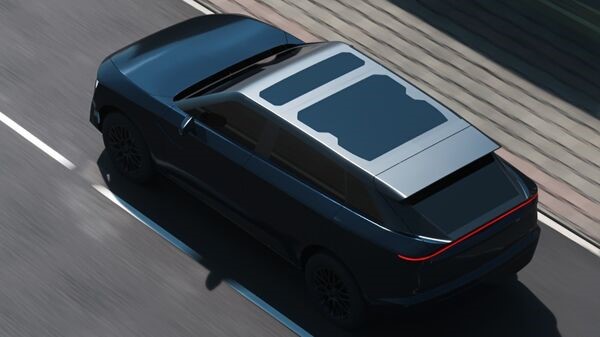
Other EV companies
In India, several brands have emerged in the electric vehicle market due to government’s aim of switching to all electric vehicles by 2030. They want to improve the affordability, dependability, and perfection of EVs as ICE replacements. These EV brands include well-known names like TATA Motors and Mahindra as well as more recent ones like Ather Energy and Okinawa. Soon, additional companies including Maruti Suzuki, Yamaha, and Honda are anticipated to be on board.
Policy decisions to boost EVs
India has already started experimenting with e-Mobility for public transportation and has even introduced electric intercity buses in some of its major cities. State governments are also actively involved in the implementation of policies that promote the use of electric vehicles.
One million electric vehicles will be on the road in Kerala by 2022, and 6,000 e-buses will be used for public transportation by 2025. The goal for the state of Telangana is to sell 80% of electric automobiles by 2025. This extends to other vehicles as well, such as motorbikes, scooters, and auto-rickshaws.
By 2030, India wants to sell 30% more electric cars than it already does. The government has already introduced several incentive programs, one of which is for establishing a local battery manufacturing facility.
Written by Gargi Dave
Edited by Akanksha Choudhary

